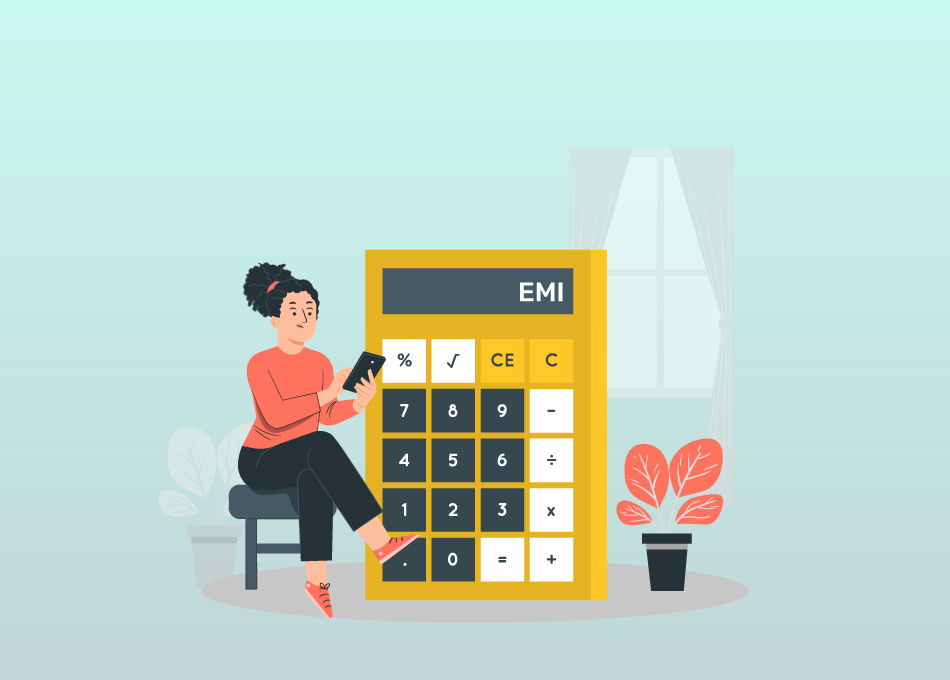Personal loans are a popular financial tool for many people in India. They offer a way to cover unexpected expenses, fund major purchases, or consolidate debts. If you are looking to secure a personal loan of Rs. 10 lakh, this guide will walk you through the steps you need to follow. With the right approach, obtaining a personal loan can be a smooth and hassle-free process.
Understanding Personal Loans
A personal loan is an unsecured loan that you can use for various purposes, such as home renovations, medical expenses, or travel. Unlike secured loans, which require collateral, personal loans do not require you to put up any assets. However, because they are unsecured, lenders usually charge a higher interest rate compared to secured loans.
Step 1: Check Your Eligibility
Before applying for a personal loan of Rs. 10 lakh, you should check your eligibility. Lenders have specific criteria that you must meet to qualify for a loan. Common factors include:
- Credit Score: A good credit score (usually above 750) increases your chances of approval and can help you secure a lower interest rate.
- Income: Your monthly income should be sufficient to cover the loan repayment and your existing expenses. Lenders typically require proof of income.
- Employment Status: Stable employment history is essential. Lenders prefer applicants who have been with their current employer for a reasonable time.
- Debt-to-Income Ratio: This ratio compares your monthly debt payments to your monthly income. A lower ratio suggests that you can manage additional debt.
Step 2: Research Lenders
Once you know your eligibility, research different lenders. Compare various banks and financial institutions to find the best personal loan options. Key aspects to consider include:
- Interest Rates: Look for competitive interest rates. A lower interest rate means lower overall costs.
- Loan Tenure: Check the loan terms available, as longer tenures may reduce your monthly payment but increase the total interest paid.
- Fees and Charges: Be aware of processing fees, prepayment charges, and any other fees that may apply.
Step 3: Gather Required Documents
To apply for a personal loan, you will need to submit several documents. Commonly required documents include:
- Proof of Identity: A government-issued ID like an Aadhar card, passport, or driver’s license.
- Proof of Address: Utility bills, rental agreements, or any official documents showing your current address.
- Income Proof: Salary slips, bank statements, or income tax returns to validate your income.
- Employment Details: Information about your employer and your job profile.
Having these documents ready can speed up the application process.
Step 4: Apply for the Loan
You can apply for a personal loan of Rs. 10 lakh through various channels. Many banks and financial institutions allow you to apply online, while some may require an in-person visit. Here is how you can apply:
- Online Application: Visit the lender’s website and fill out the online application form. Provide all necessary details and upload the required documents.
- In-Person Application: If you prefer a personal touch, you can visit the nearest branch of the bank or financial institution to submit your application.
Some lenders also offer convenient mobile apps, like a Rs. 10,000 loan app, allowing you to apply for smaller loans quickly and easily.
Step 5: Loan Processing
After submitting your application, the lender will process it. They will verify your documents, check your credit score, and assess your financial situation. This process may take anywhere from a few hours to several days. During this time, the lender may reach out for additional information or clarification.
Step 6: Approval and Disbursement
If your application is approved, you will receive a loan offer detailing the loan amount, interest rate, repayment schedule, and other terms. Review the offer carefully before accepting it. Once you accept the loan, the funds will typically be disbursed into your bank account within a few days.
Step 7: Repayment
It is crucial to repay your loan on time to maintain a good credit score and avoid penalties. Most lenders provide various repayment options, including:
- EMI (Equated Monthly Instalment): A fixed amount paid every month until the loan is repaid.
- Prepayment Options: If you want to pay off the loan early, check if your lender allows prepayment without hefty charges.
Conclusion
Obtaining a personal loan of Rs. 10 lakh can be a straightforward process if you follow the right steps. By understanding your eligibility, researching lenders, and preparing the necessary documents, you can secure the funds you need during challenging times. Whether you are looking to cover unexpected expenses or finance a major purchase, a personal loan can be an excellent financial solution. Just remember to manage your repayments wisely to maintain a healthy financial future.

